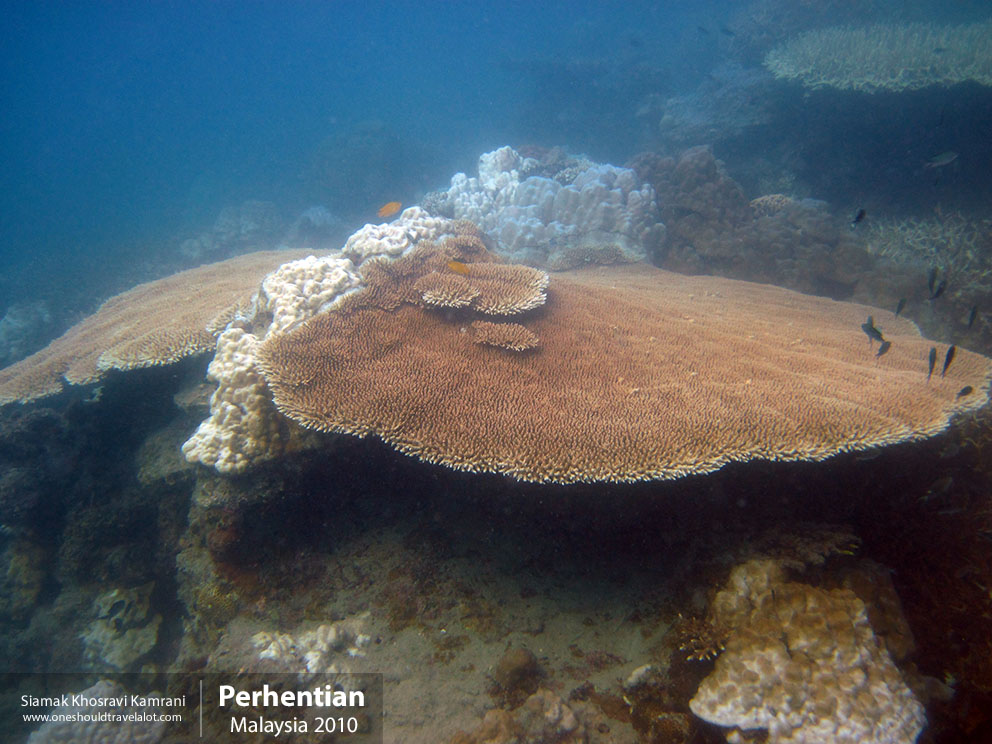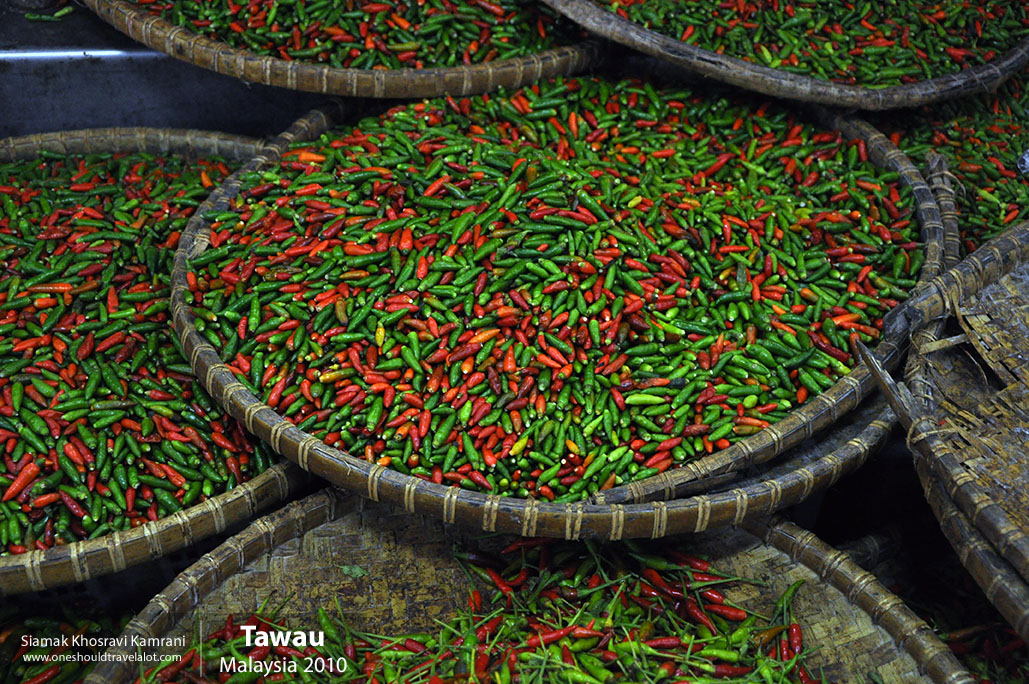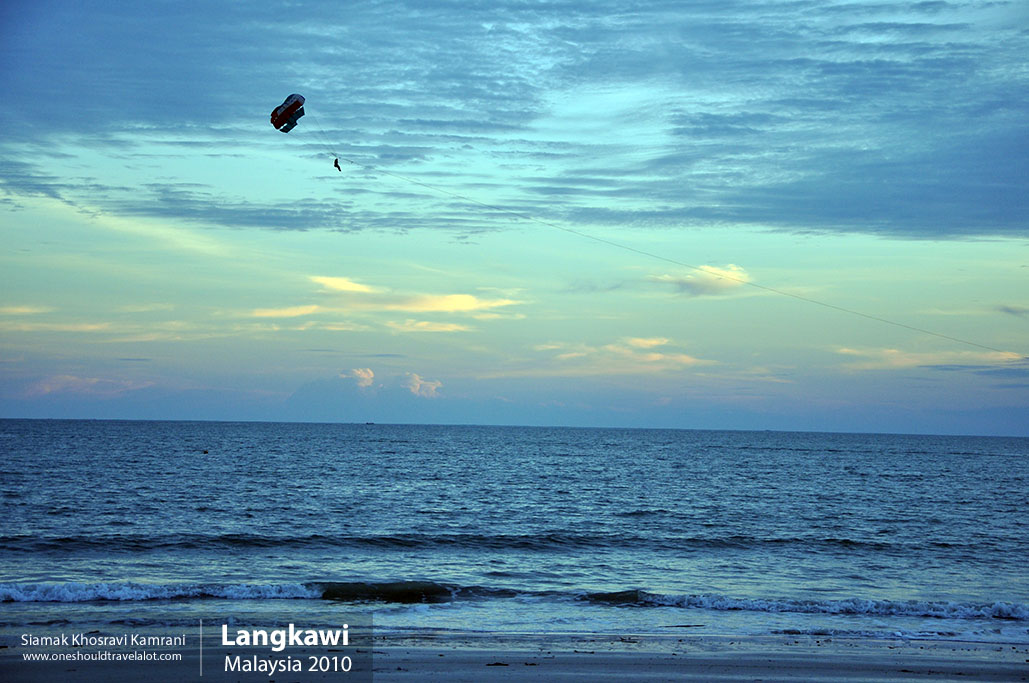Exploring Taman Negara: A Photographer’s Jungle Adventure
Arriving in the Heart of Malaysia
As a photographer, I’ve always sought out the untamed and the wild, hoping to capture nature in its purest form. My latest journey took me deep into the heart of Malaysia, to the verdant and vibrant Taman Negara. This national park, whose name fittingly means “National Park” in Malay, is one of the world’s oldest rainforests, estimated to be over 130 million years old.
The journey to Taman Negara is an adventure in itself. I arrived in Kuala Lumpur, the bustling capital of Malaysia, where modern skyscrapers tower over colonial architecture and busy markets. From there, I took a bus to the small town of Jerantut, the gateway to Taman Negara. The air grew warmer and more humid as we traveled, a prelude to the tropical rainforest that awaited me.
Entering the Ancient Rainforest
I boarded a longboat for a two-hour ride along the Tembeling River, which winds its way into the heart of Taman Negara. The river was flanked by dense jungle, the air filled with the sounds of cicadas and the calls of distant birds. As we glided through the water, the boatman pointed out kingfishers darting along the banks and monkeys leaping through the treetops.
Upon reaching the Kuala Tahan entrance, the primary hub for exploring the park, I was immediately struck by the immense biodiversity. The air was thick with humidity and the scent of damp earth. Towering trees formed a dense canopy overhead, their branches intertwined to create a green cathedral. The sounds of the jungle enveloped me—a symphony of insects, birds, and the rustle of unseen animals.
Settling In: A Photographer’s Basecamp
Kuala Tahan is a small village with a handful of lodges and guesthouses catering to visitors. I chose a simple but comfortable eco-lodge, nestled at the edge of the forest. The accommodations were basic but adequate, with mosquito nets over the beds and fans to keep the heat at bay. Electricity was limited to certain hours, reinforcing the feeling of being far from the trappings of modern life.
Each morning, I woke to the chorus of the jungle—a cacophony of birds, insects, and the occasional distant roar of a gibbon. Breakfasts were hearty and often featured local Malaysian cuisine: nasi lemak (coconut rice with sambal, anchovies, and boiled egg) was a favorite. I made sure to fuel up well, knowing that each day would be filled with trekking and exploration.
Trekking the Trails: Immersed in Nature
Taman Negara boasts a network of trails that cater to all levels of hikers, from gentle boardwalks to challenging treks up steep hills. My first expedition was along the Canopy Walkway, one of the park’s most famous attractions. This suspension bridge, strung high among the treetops, offers a bird’s-eye view of the forest below. As I carefully traversed the swaying walkway, my camera captured panoramic shots of the dense foliage, interspersed with glimpses of colorful birds flitting among the branches.
One of the highlights of my trip was trekking to Bukit Teresek, a hill that offers stunning views over the forest canopy. The trail was steep and challenging, but the reward at the summit was worth every step. From the top, I gazed out over an endless sea of green, the treetops stretching out as far as the eye could see. It was a moment of profound connection with nature, the sheer scale and beauty of the rainforest leaving me in awe.
Wildlife Encounters: Through the Lens
Taman Negara is home to a staggering variety of wildlife, many of which are endemic to the region. The park shelters over 300 species of birds, as well as larger animals like Malayan tigers, Asian elephants, and tapirs. While sightings of these elusive creatures are rare, the possibility of encountering them added an element of excitement to every trek.
One evening, I joined a night safari—a guided trek through the jungle after dark. Armed with flashlights, we ventured into the inky blackness, our senses heightened by the unfamiliar sounds of the nocturnal forest. It was during this trek that I spotted my first tapir, its distinctive black and white markings standing out in the beam of my flashlight. It was a magical moment, and I managed to capture a few shots before it disappeared into the undergrowth.
Birdwatching in Taman Negara is a delight for any photographer. I spent hours with my telephoto lens trained on the treetops, waiting patiently for a flash of color or movement. The park is a haven for hornbills, with their distinctive casques and impressive wingspans. I was fortunate enough to photograph a pair of rhinoceros hornbills, their vivid orange and black plumage striking against the green backdrop.
Embracing Local Culture: The Orang Asli Villages
Taman Negara is not just a haven for wildlife; it is also home to the Orang Asli, the indigenous people of Peninsular Malaysia. The two main tribes in the park are the Batek and the Semai. These communities have lived in harmony with the rainforest for centuries, their lifestyles and traditions deeply intertwined with the natural world.
I visited a Batek village, where I was warmly welcomed by the villagers. The Batek are traditionally nomadic, moving through the forest with the seasons. They rely on hunting, gathering, and fishing for sustenance, using blowpipes and darts tipped with natural toxins to hunt small game. The village was a cluster of simple huts made from bamboo and thatch, blending seamlessly with the surrounding forest.
Through a translator, I learned about their customs and way of life. The Batek have an intimate knowledge of the rainforest, able to identify countless plants and their uses. I was shown how they make fire using rattan and wood, a skill passed down through generations. The children were curious and playful, laughing as they showed me how to use a blowpipe. I felt privileged to witness their connection to the land, a relationship built on respect and sustainability.
The Challenges of Conservation
While Taman Negara remains a pristine wilderness, it is not without its challenges. Deforestation and development in surrounding areas pose a threat to the park’s delicate ecosystem. The Malaysian government and various NGOs are working to protect this natural treasure, but the balance between conservation and economic development is a delicate one.
During my stay, I met with local conservationists who shared their efforts to preserve the park. They spoke of reforestation projects, anti-poaching patrols, and educational programs aimed at raising awareness about the importance of the rainforest. It was inspiring to see their dedication, but it was also a reminder of the ongoing struggle to protect such irreplaceable habitats.
Reflecting on the Journey
My time in Taman Negara was an unforgettable adventure. As a photographer, I was constantly inspired by the raw beauty and diversity of the rainforest. Every trek brought new discoveries, from the intricate patterns of a butterfly’s wings to the majestic sweep of the forest canopy.
Beyond the stunning landscapes and wildlife, it was the people of Taman Negara who left the deepest impression on me. The warmth and hospitality of the Orang Asli, their profound connection to the land, and the efforts of conservationists working to protect this ancient forest—all these elements combined to create a rich and deeply moving experience.
As I boarded the boat for the return journey, the rainforest receding into the distance, I knew that Taman Negara had left an indelible mark on me. It is a place of wonder and mystery, a testament to the enduring power of nature. I left with a heart full of gratitude and a camera full of memories, ready to share the story of this extraordinary place with the world.
Practical Information for Travelers
How to Get There:
- By Bus: From Kuala Lumpur, take a bus to Jerantut, then transfer to a local bus or taxi to Kuala Tahan.
- By Boat: From Kuala Tembeling, take a longboat to Kuala Tahan, a scenic two-hour journey.
Where to Stay:
- Eco-lodges and Guesthouses: Various options are available in Kuala Tahan, ranging from basic to mid-range accommodations.
Best Time to Visit:
- Dry Season: March to September is the best time for trekking and outdoor activities.
What to Pack:
- Essentials: Sturdy hiking boots, insect repellent, lightweight clothing, a rain jacket, and a good camera.
Tips:
- Guided Tours: Consider hiring a local guide for treks and wildlife spotting.
- Respect Wildlife: Maintain a safe distance and do not disturb animals.
Taman Negara offers an unparalleled opportunity to experience one of the world’s most ancient and biodiverse rainforests. Whether you are an avid photographer, a nature enthusiast, or simply seeking an adventure, this Malaysian gem promises a journey of discovery and wonder.



